Myanmar Travel: Inle Lake Reflections
How to Get to Inle Lake
We said a sad goodbye to Bagan, leaving behind the temples and horse carts, to set off by coach for our final destination in Burma, Inle Lake. Inle lake is located in Eastern Myanmar and is nestled between some impressive hills and mountains. On our 9 hour bus journey we travelled through the hills on some very narrow and windy roads.
We managed to dodge the constant stream of logging trucks coming the other way! Its a very scenic journey, despite these heart in your mouth moments. To give the bus and the passengers a rest; at the summit we stopped for lunch at a cafe nestled in the hills while the coach engine radiator was cooled with a hosepipe for 20 minutes after its tough climb up the mountain.
From here on it was all downhill to Shwenyaung junction, where the bus drops you off for Inle Lake while it travels on to other destinations. It’s a further 20 minutes by taxi or shared pick-up to get you to the main tourist village of Nyaungshwe which sits on the northern end of Inle Lake. Nyaungshwe is where you find most of the accommodation on offer, unless you want an expensive, isolated lodge on the lake.
Our Inle Lake Hotel
We headed for the Teakwood Guest House, for our stay. It was lovely, an old teak town house converted into a hotel set smack bang in the centre of this small village offering rooms from US$25 – 40, we chose the $30 mid range room on the first floor.
The good news about Inle Lake is that the temperatures are much cooler than we had experienced in the rest of Myanamar, making any active pursuits that much easier. So for our first day out we hired some bikes from our Hotel (1500 Kyat for a day) and headed around the eastern side of the lake to explore some of the smaller villages and scenery. Down this road you get some great views out across the marshes that form the edge of Inle Lake and out to the distant hills. The weather was slightly cloudy, but it still made an impressive sight as we wound our way past local folk on our way to the Red Mountain hillside vineyards for our lunch and to sample some of the local wines produced here.
We had not drank a decent bottle of wine since leaving New Zealand back in February and all the way there I was hoping they were going to surprise us with an outstanding Sauvignon Blanc or a sumptuous Merlot. In the end, my hopes were dashed.
We decided on a tasting menu first to sample some of their finest and for two thousand kyat you got to taste four different grape offerings. None of them hit the mark really, but out of them all the rose was the most palatable. We sat and enjoyed the magnificent view from the vineyard restaurant, and worked our way through a bottle of rose just make sure it wasn’t that good and it tasted much better as we got towards the bottom of the bottle. We engaged in a brief chat with some Japanese visitors, who ran a tomato growing business in Thailand. They thought John looked like Marlon Brando and set off in fits of giggles when they pointed this out. He was hoping they meant Marlon’s look in A Streetcar Named Desire rather than the Godfather!
Back on our bikes and another forty minutes of leisurely pedalling and we found ourselves in Maing Thauk ready for a late lunch. We found a local cafe owner who spoke great English and had a decent menu so we ordered a beer to wash away the taste of the Rosé. There was a group of Burmese guys on the next table, who were well into their second bottle of Burmese whisky, who engaged us in some football talk when they found out we were from Manchester.
They were charming and were delighted that I supported Manchester United, so much so they gave us an old Burmese bank note that features the great Aung San (Ang San Suu Kyi’s father). His image was removed from notes following the 8888 uprising so these notes, while not that rare, are treasured by the Burmese people. A lovely gesture and he refused even to let us buy him a drink for his gift.
Our lunch stop was our prelude to doing the half hour walk up the hill to visit the Maing Thauk Forest Monastery, while munching John came up with a much better idea, lets get someone with a motorbike to take us up there instead. We left the bicycles in the cafe and were whisked up the stony dirt road on the back of two bikes for our visit in a matter of minutes. The monastery is extremely peaceful and other than the monks milling about the place, we were the only ones there admiring the view over the lake from the golden stupa at the front of the monastery. This place really isn’t on the tourist trail.
A great day out and an hours energetic cycle back to town meant we really didn’t have to feel guilty about getting those mototaxis up there did we?
Inle Lake Boat Trip & Boat Hire
Before we set off on our cycle trip John had used his best bargaining skills to hire a boat for our trip. There were some requirements for anyone wanting to take these two flashpackers on their Inle Lake Adventure.
- The boat driver had to speak good English
- The boat seats had to have comfy cushions
- The boat had to come with umbrellas on board in case of inclement weather
- The boat had to have lifejackets
- The trip had to include the jumping cat monastery (more about that later)
- We also needed to get to Inn Thein as part of the day trip
- It had to cost much less than the 30,000 Kyat we were quoted at the hotel!!
Having secured the best deal for our Inle Lake boat trip, we could have hired a boat at a cheaper cost but wanted our trip to be in relative luxury. It took an hour but we found him and all for 14,000 Kyat (it would have been 12,000 without the trip to Inn Thein) for a whole day out starting at 7.30am so we could get across the lake to our first stop, the morning market at Ywama. This was supposed to be a floating market but on this day it didn’t float, all the stalls were set up around a monastery, slightly disappointing. It was still interesting though once you made your way past the stalls selling the ususal tourist souvenirs, and found the real local market on the inside where you could grab some local foods and see the variety of local tribes selling their specialities.
Inn Thein
From the market we headed west down a canal off the main river which had a series of bamboo dams across it with a gap in the middle only just wide enough to get our boat through. Thankfully our boatman was a whizz with the rudder and managed to navigate these at great speed giving us a log flume theme park type experience as an added bonus.
We arrived at Inn Thein and after a short walk through the village you arrive at the long (thankfully not steep) steps that take you up the hill to the Shwe Inn Thein Paya. On the way you can leave the main walkway and gaze at some of the old ruined stupas known as Nyaung Ohak which are nestled around the base of the hill.
At the summit you will find a marvellous collection of over 1,000 zedi, in various states of repair that were constructed in the 17th and 18th centuries. Many have been, or are going through. renovation so the site feels a little like a building site at times.
One of the best bits of this extra trip was watching the goings on around the village. The schoolkids were running about playing football or chinlone (a Burmese wicker ball game like “keepy uppie”). The canal also seems to be the place to wash just about anything round here and we spotted a cow, mopeds and the Burmese themselves all being washed at the edge of the lake.
Next stop was to the Phaung Daw Oo Paya, one of the holiest sites in the Shan state. It consists of a very large Pagoda that houses what I refer to as the stumpy Buddhas. The Buddha images. over the years, have become completely unrecognisable as thousands upon thousands of worshippers, merit-making, have applied their micro-millimetres of gold leaf. John has been applying gold-leaf to practically everything whilst we’ve been travelling around Burma, so I guess his karma should be reaching unprecedented levels.
From here we ventured into the Nampan floating villages that host a whole variety of local artisans from knife makers (apparently called cutlers – who knew?) , weavers, cheroot rollers, parasol makers and market gardeners that tend nearby floating gardens. The floating gardens are a vast and stunning spectacle, you finally realise where all the tomatoes come from that your saw on the way from Nyaungshee earlier in the morning.
The tour takes in lots of these local workshops and you get to see how these local products are made, in these small scale local operations. One of the most fascinating was the lotus silk thread production. These micro threads are drawn out of the centre of the lotus stems, one thread at a time, before being treated and wound into one of the wonderful scarves or other products for sale. Given the painstaking production process this makes them a more expensive fibre than silk.
Our final destination of the day was to a monastery, as famous for its performing cats as its religious relics and history. The Nga Hpe Kyaung Monastery not only has Buddhas aplenty, but also its very own troupe of jumping cats. We went along, and at first admired the religious iconography on offer and then hung about to see if we could see the cats in action. It was looking like the cats would not be performing. John was crestfallen.
John then got chatting to one of the resident monks, who spoke perfect English. He tried to pretend he was from Leeds in the UK, John said he was lying, why can’t I be from Leeds. John asked him whereabouts in Leeds, and he replied the centre, game over – John beats monk (not literally of course). We asked him about the cats. He says that due to complaints by some of the ‘foreigners’ that having monks make the cats perform was not very well; ‘monkish’ . They have therefore been banned from the activity although this practice had been occurring for decades by the monks.
You may still get a show if you ask nicely of one of the monks (which John did), who will then call one of the local stallholders who encourages the animals to perform. In fact it is not that entertaining, as cats tend to jump a lot anyway, but John loved it. I guess the novelty would have been seeing the monks lead the performance. Oh well that’s one for religious freedom.
Inle Lake proved to be a really splendid end to our Myanmar journey. The day out on the lake is great value and you get a real close up look at Myanmar lake life inside the villages and workshops and in amongst the religious sites. It knocks the socks off the Mekong Delta trip we’d experienced in Vietnam, in terms of authenticity. Had we had more time we would have explored a little more on the bikes and even perhaps had a go at one of the many trekking opportunities on offer in the mountain villages and towns. We’d most certainly have taken more boat trips as the destinations are vast and varied and you can plan your own itinerary to explore and see exactly what you want.
Three days was enough though to enjoy the cooler weather and see what this place had to offer us. We decided to take our first flight of our Myanmar journey, to allow us an extra night here to enjoy the place in full, back to Yangon for our final night before we returned to Thailand for some visa applications and continued with the rest of our around the world trip.

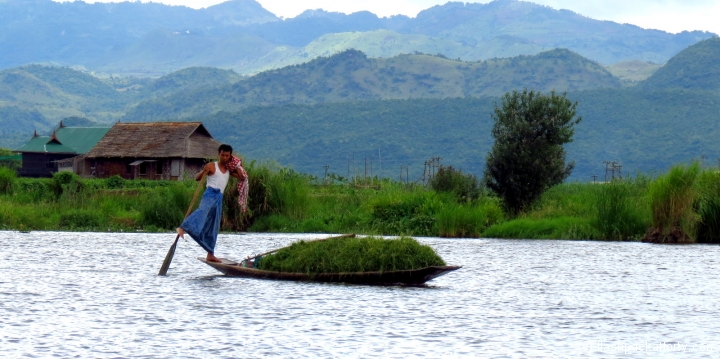
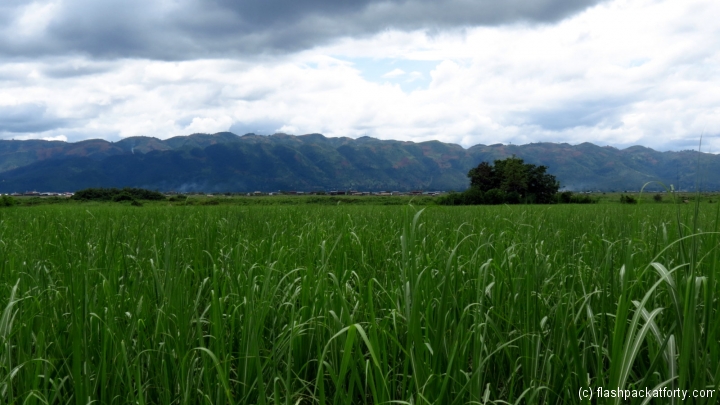

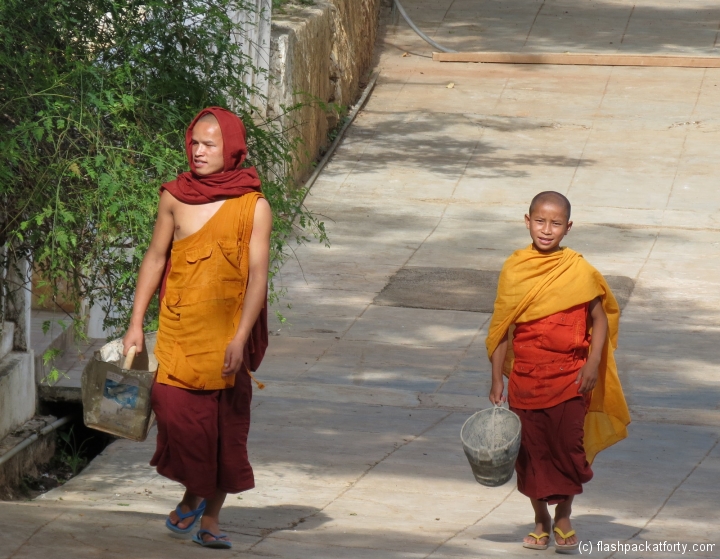
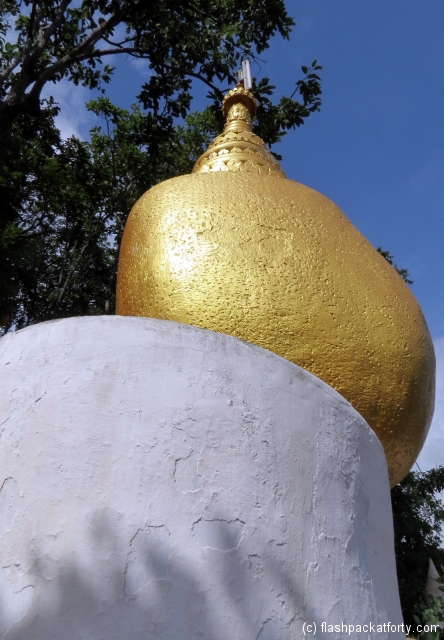
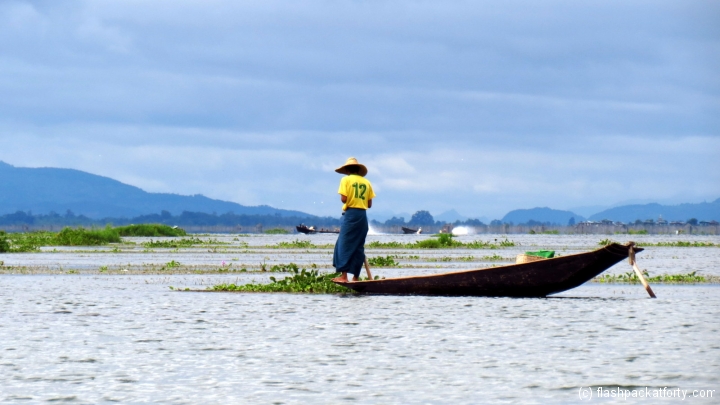
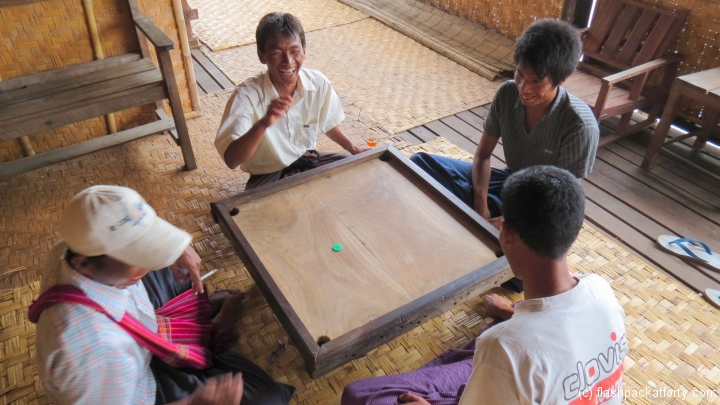
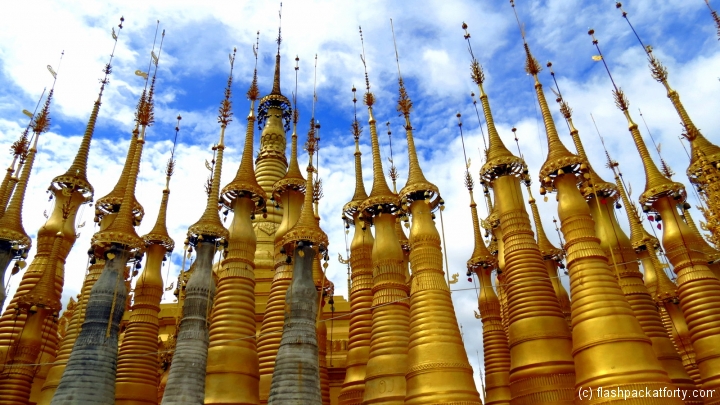
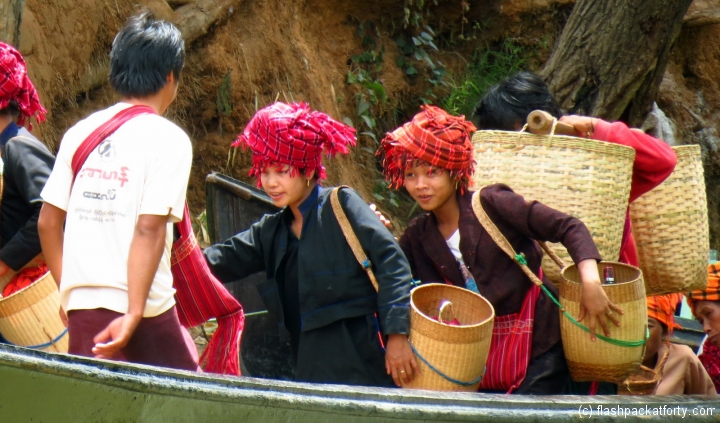
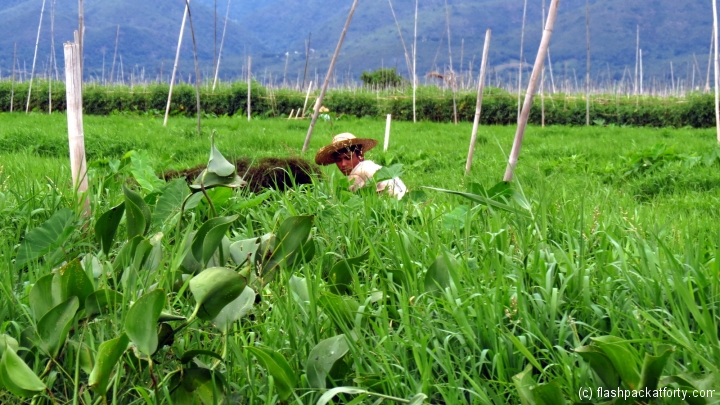
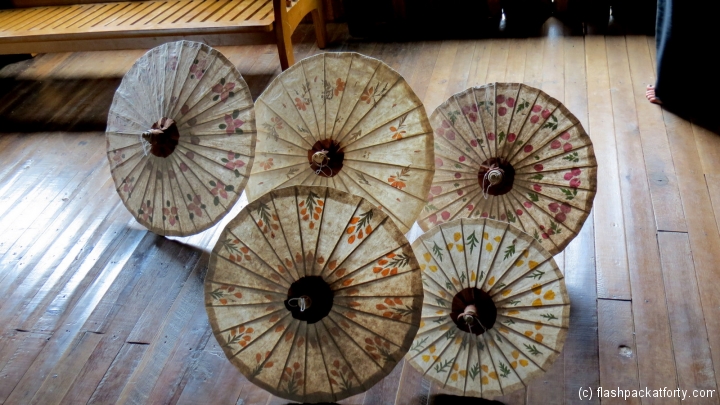
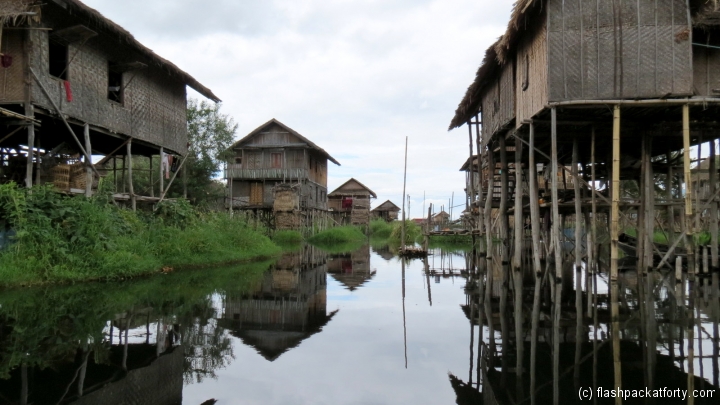
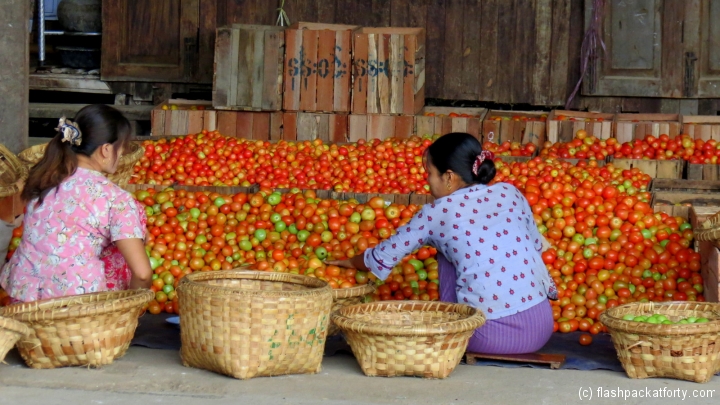
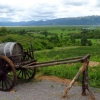
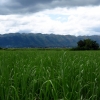
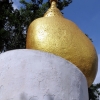

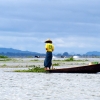
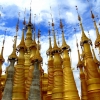
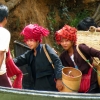
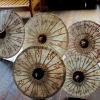
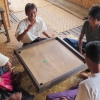
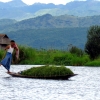
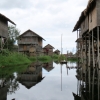
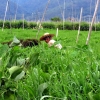
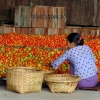
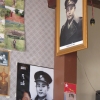



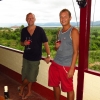



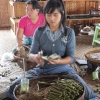

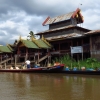
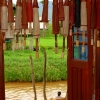
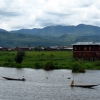
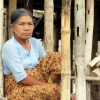
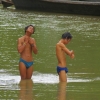
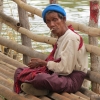
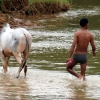
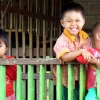
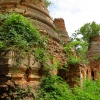
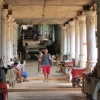
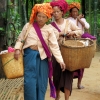
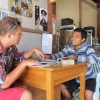
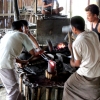
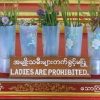
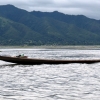
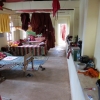
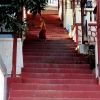
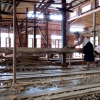

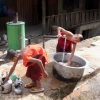
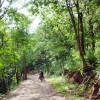
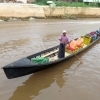

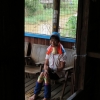
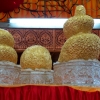


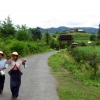
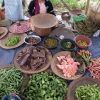
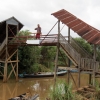
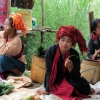
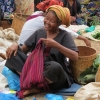
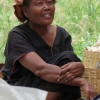
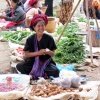






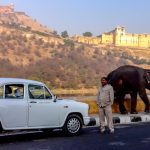
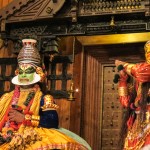

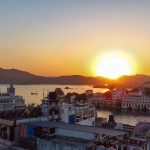
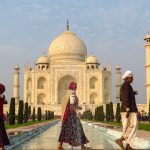
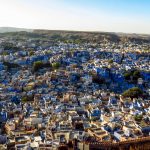
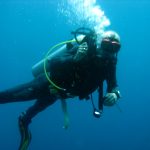

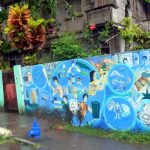
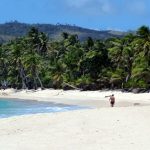
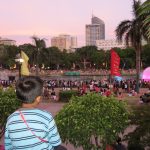
The guy in the first photograph, shows the tradition of one-legged rowing here. They make it look so easy. He’s collecting seaweed to fertilise the miles of tomato plants growing on the lake.
Loving the puddy tats!
The photos are gorgeous, it looks so lush there.
Thanks for the kind comments. It was lush and green, a very beautiful place.
This looks like a place I would really enjoy traveling: beautiful landscape, outdoor activities, cultural sights, then opportunity to see craftspeople at work. Your photography is wonderful.
Inle Lake is a truly wonderful place, the whole day boat tour is definitely the highlight to see so much unique life in this part of the world.
You are really inspiring me to make my way towards the Far East. I’m much too stuck on the Middle East and the Caribbean. Change is called for. Wonderful pictures.
Did you take the bus from bagan to inle lake?
What was the ride like? I’ve heard many people describe it as the worst bus ride of their life!
I am currently planning my trip for january and I am stuck because there doesn’t seem to be a good transfer between Bagan and Inle Lake
Melanie – we did do the journey it was long and had some hair raising moments but the scenery made up for it
See here – https://flashpackatforty.com/2012/07/31/myanmar-travel-inle-lake-reflections/